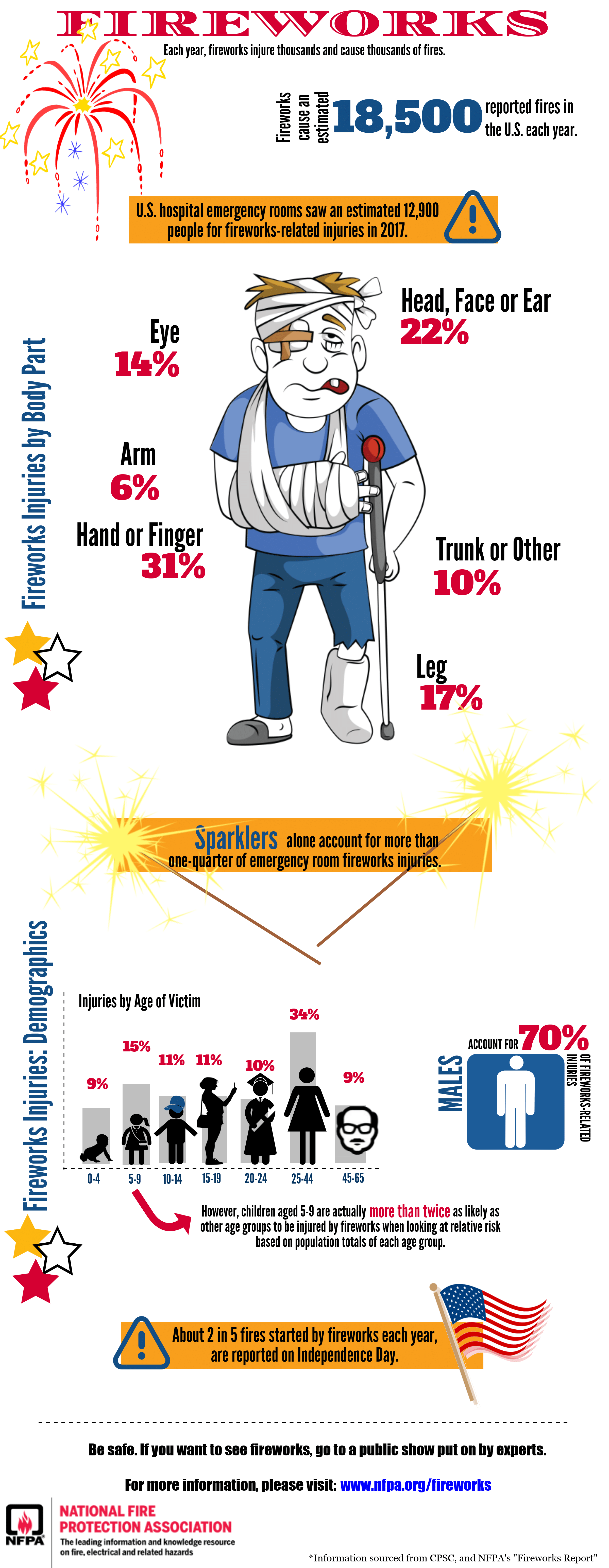
by California Casualty | Firefighters, Health |
The Fourth of July is a day of patriotism and pride. There’ll be BBQs, picnics, and parades all leading up to fireworks displays in towns and cities across the nation.
Family and friends will also gather for their own fireworks displays. While they can be beautiful and fun, safety groups warn to be safe when setting your own fireworks. All too many of us have known or heard about someone losing a finger, an eye, or suffering severe burns from an accident with one of these hot, exploding devices.
On average, more than 11,000 people are injured annually by fireworks. Young adults ages 20-24 are the most likely to be hurt, followed closely by children ages 5-9; most of the injuries occur on the hands and fingers, head, face and the eyes. Ouch! The National Fire Protection Association warns that even “kid friendly fireworks” like sparklers burn at 1,200 degrees – hotter than the temperatures that melt glass, plastics and some metals – inflicting terrible burns.
If you plan on setting off fireworks this year be safe and have fun! But always be sure to take the proper precautions so no one gets hurt. Follow these essential safety tips when you are shooting fireworks this weekend:
- Never allow small children to play with or ignite fireworks
- Only light fireworks one at a time, then move back quickly
- Never place any part of your body directly over a firework when lighting it’s fuse and back up a safe distance immediately after lighting
- Don’t try to re-light or pick up fireworks that have not ignited fully
- Never point or throw fireworks at another person
- Always keep a bucket of water or a garden hose handy in case of fire or other mishap
- After fireworks complete their burning, douse it with plenty of water before discarding to prevent a trash fire
Be sure to also protect your home as well! The NFPA also warns that more fires are reported on Independence Day than any other day of the year, and fireworks account for two-out-of-five of those fires.
Is your home protected? Contact a California Casualty advisor to get a quick policy review at 1.800.800.9410 or visit www.calcas.com.
This article is furnished by California Casualty, providing auto and home insurance to educators, law enforcement officers, firefighters, and nurses. Get a quote at 1.866.704.8614 or www.calcas.com.
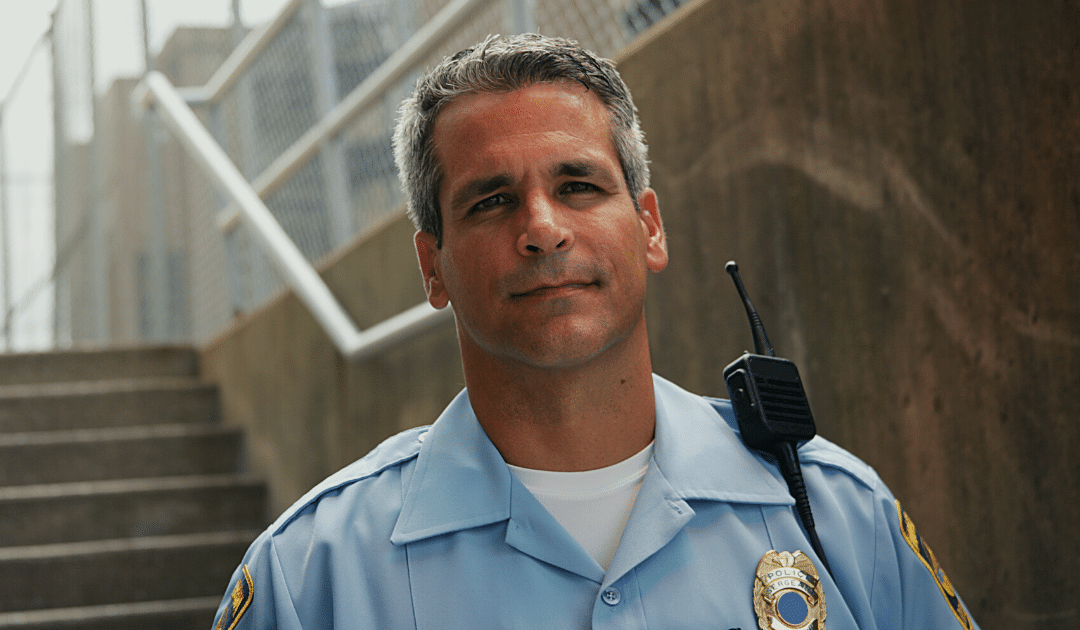
by California Casualty | Firefighters, Peace Officers |
One day, you’ll retire and leave the fast-paced life of a first responder. While that day may seem far off, it’s never too early to start planning.
Taking the first steps now will help you make the most out of your retirement later. Here’s what to consider.
What Retirement Will Cost
When you retire, you’ll want to be able to live a similar lifestyle to the one you enjoy now. Starting with the costs of your current lifestyle, you can estimate how much you’ll need for retirement. A general rule is that you’ll need about 80% of your current monthly salary to cover your needs in retirement.
Begin by estimating these costs now and in retirement. When thinking about future costs, you’ll also want to account for inflation (about 2% per year).
-
- Housing (rent/mortgage, utilities, real estate taxes, home insurance, household maintenance)
- Healthcare (including Medicare when you qualify)
- Auto insurance
- Daily living expenses
- Entertainment and travel
The average American life expectancy is nearly 85 years old. That means, if you retire at age 65, you’ll need about 20 years of retirement income.
So, how much retirement savings do you need? Depending upon the cost of living where you are, you will likely require between $1 million and $2 million total to retire comfortably. If that figure alarms you, you’re not alone. Retirement can be daunting if you’re not prepared.
How Much Money Will You Have?
You won’t have a job when you retire, but you will have sources of income. This includes money in savings accounts, investments, retirement accounts, and more. Calculate how much money you will have based on these income sources.
Savings accounts
Putting money away each month for retirement really does pay off. That’s because, over time, you earn interest on your interest. Financial experts recommend banking 15% of your income each year. While historically, many people set up savings accounts at the brick-and-mortar bank where they have their checking account, you won’t earn a lot in interest. Consider a high-yield savings account offered at online institutions that are insured by the FDIC.
Social Security Benefits
Social security is a government program that provides income to retired Americans. It’s based on your lifetime earnings. You pay into the social security system every year that you work and then are eligible for money back when you retire. While social security is a great foundation for retirement, most Americans find that it’s not enough to cover all costs. You can calculate your anticipated social security here. (Note: Some states do not participate in social security for public employees. In those cases, the state offers a public retirement system. If you work in Alaska, Colorado, Louisiana, Maine, Massachusetts, Nevada, and Ohio, you may not receive social security.)
Retirement Savings Plans
If you’re a first responder, chances are that you have a 457 Plan. Similar to a 401(k), a 457 plan is offered by state and local public employers. In both plans, you can contribute pretax money from your paycheck, which then grows without being taxed until you withdraw it. You also may consider setting up a Roth IRA. While your contributions are not deductible, you are not taxed when you withdraw the money. Know which plan you have and its benefits. In many cases, you can choose low, medium, or high-risk plans, which can impact how much you will earn over time.
Pensions
While pensions are increasingly rare, some employers, usually public sector and unions, still offer them. With a pension, you will receive some percentage of your annual income based on how long you worked for the company. You have to meet the vesting requirements, which means that you have to work a certain number of years in order to qualify.
Military Benefits
If you served in the military, you may be eligible for military retirement benefits.
Retirement Job
Many retirees work part-time to supplement their income or simply to keep busy.
Prepare for the Emotional Transition
You’ve spent your whole life serving others in a fast-paced, high-stress job. Retirement will be different, and as a result, could leave you with feelings of emptiness. Stepping down from your job could cause you to feel you’ve lost your purpose. Make sure that you prepare for the emotional transition as well as the financial one.
Figure out where to spend your time
You may wish to travel, spend time with your grandchildren, or volunteer. You may want to work on the house or the yard. You can take continuing education classes at the local college or offer to teach them at your community center. Ask around to find out about the opportunities in your community. Structure your days into a retirement routine that gives you a sense of purpose and an opportunity to enjoy life.
Connect with former team members
First responders are more than just coworkers. You’re a tightly-knit team, and when you retire, those bonds don’t suddenly disappear. Schedule time to connect with your former team members on a regular basis. It will do wonders for your mental health as you tackle retirement together.
Practice healthy habits
Keep yourself healthy through retirement by eating right, exercising, and staying on top of medical screenings. Staying healthy will help you to enjoy retirement to its fullest.
This article is furnished by California Casualty, providing auto and home insurance to educators, law enforcement officers, firefighters, and nurses. Get a quote at 1.866.704.8614 or www.calcas.com.
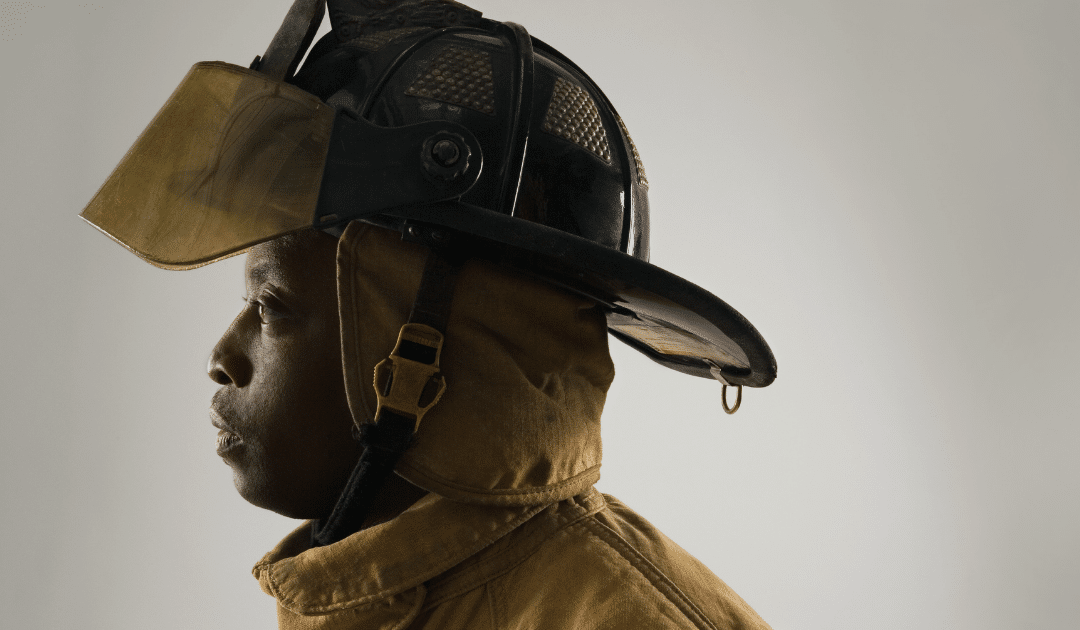
by California Casualty | Firefighters |
“I’m thought of as a unicorn because of who I am: Black, male, and therapist,” said Blaise Harris, a licensed clinical mental health counselor and a member of the North Carolina First Responder Peer Support.
Recent data from the American Psychological Association confirms what most of us already know: Very few Black male therapists in the United States. Even fewer, though, are providers who also specialize in counseling for special responders or worked as firefighters. We had the pleasure of sitting down and speaking to Mr. Harris about his time working as a first responder and the mental health struggles he has seen firsthand.
Amid the COVID-19 pandemic and seemingly endless onslaught of challenges from 2020 to date, it’s no surprise that Americans reported feeling more anxious and depressed. To make matters worse, among first responders, firefighters reported the highest instances of depression, according to a 2018 report by the Substance Abuse and Mental Health Services Administration. “It wouldn’t be a surprise if those numbers were higher today, especially during the pandemic,” Harris said.
Harris is personally aware of the struggles and stressors that come with working as a firefighter and the fact that first responders are at a much greater risk to develop post-traumatic stress disorder than the general public. After working as a firefighter for almost 15 years, Harris knew he wanted to become a therapist to help himself and others through the power of therapeutic relationships.
How to stop counseling stigma from spreading
One of the biggest barriers to firefighters’ mental health is the fear of the stigma associated with it and the thought they may seem weak or even lose their jobs. Therapy (in general) is often stigmatized, and most firehouses in the U.S. don’t have the resources to staff a behavioral health provider. That’s why his organization exists – to pair struggling first responders with peer counselors who understand what they are going through and help prevent first responder suicide.
According to experts like Harris, a first step forward is to be transparent and be vulnerable about your mental health challenges.
“The biggest thing for me is showing people that I am vulnerable about my issues. I’m very upfront about the things that I have been through and that I am not always the happy-go-lucky person that you get to see,” said Harris. “I know that once I start sharing my story with people, they start to see that it’s OK for you to talk about your feelings and what you’re facing.”
Harris said he grew up hearing disparaging comments in the Black community about mental illness in general, like “You can’t go to therapy because you’re weak or if you go to therapy there’s something wrong with you.” He said he sees lots of overlap between the extra stigma of seeking therapy as a Black man and the counseling stigma among first responders, especially firefighters.
Start with being kind to your mind
While firefighters are trained to keep nerves of steel while on duty, it doesn’t negate the unique challenges that exist outside of the job.
Harris said he’s seen many firefighters excel at compartmentalizing other challenges like deaths, divorces, and illnesses and instead replace them with fire service work. While this strategy may feel like the perfect solution at the time, it isn’t healthy long-term.
“Being at the station was what kept me going and when I got off work, that’s when everything starts to take a toll, so I always ask firefighters are you getting off work to rest? Take a break? Take care of yourself?” he said. And when you don’t take enough time to rest and recover from these stressors, they can balloon into mental health problems. But even if they do, it’s absolutely nothing you should be embarrassed or feel guilty about.
Mental health is just as important as your physical health, and you owe it to yourself, and those around you, to maintain it.
Breaking the cultural barrier with empathy
Ending the stigma of mental health counseling in the fire service industry will require a shift in the culture. It’s not enough to start or even simply continue the conversation about breaking these mental health barriers. Action needs to take place. The myth of the mentally invulnerable first responder is harmful and unrealistic.
As the International Association of Fire Fighters acknowledged in a report, there’s plenty of work to be done to improve mental health awareness and when to seek treatment. According to Harris, the more we are getting the word out about first responder mental health awareness- the more we will see positive change. Even now, compared to years prior, there seems to more understanding and acceptance of mental illness and stress management among firefighters than he’s seen before.
“I think we’re starting to see that more people are taking the time to realize that hey, it’s OK not to be OK,” said Harris. The more we talk about these issues, the more we can normalize them. Let’s end the stigma, for first responders and around the world.
Sponsored by California Casualty
Written By Police1 BrandFocus Staff
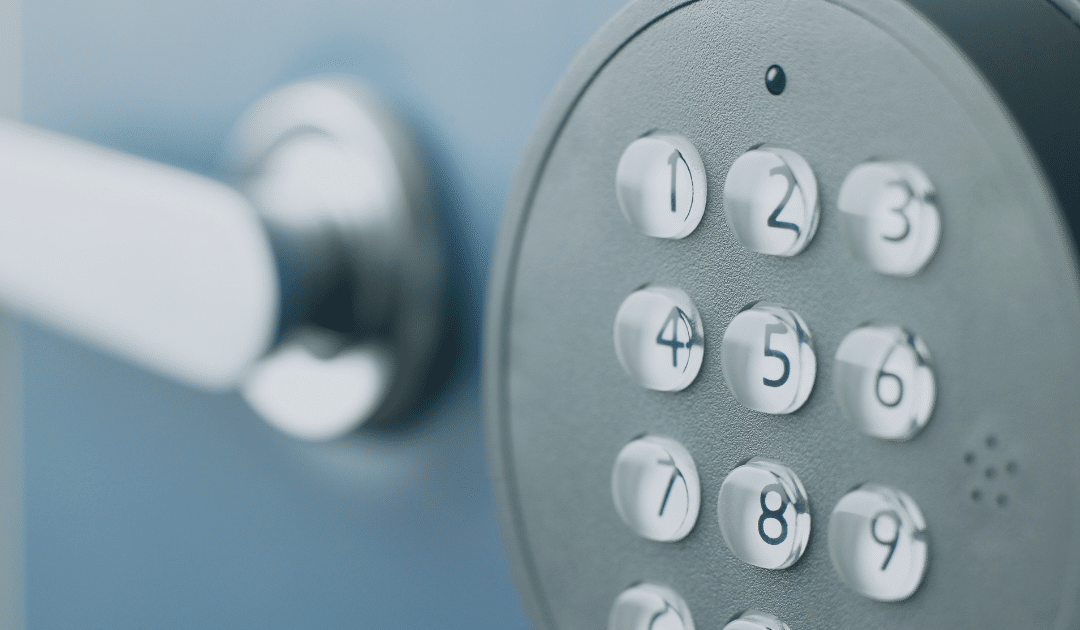
by California Casualty | Firefighters, Homeowners Insurance Info, Peace Officers |
Your home and the personal property inside are your most valuable assets. If the unexpected were to happen, give yourself peace of mind by knowing your personal possessions have an extra layer of protection by placing them in a home safe.
Keeping a durable safe inside your home is one of the best ways to ensure your valuables, personal belongings, and other important documents inside remain secure in the event of a burglary, fire, or natural disaster. But buying a safe that is water, fire, and/or theft-resistant can be quite a monetary investment.
If you are questioning whether it’s “worth it” to purchase a home safe, here are some important factors to remember.
You’ll have quick access to important information
If you need cash or important documents like your Home Warranty, you won’t have to jump through any hoops or wait to get the information you need. All of your important information will be in one place that is quickly accessible to you and your family.
Your important items will remain safe
In the event of a disaster, there may not be time to grab all of the items you would like to bring with you. With a home safe, no matter the occurrence, your important possessions will remain secure.
You can also use it for firearm & weapon storage
If you keep weapons in your home, you can rest assured knowing that they will be locked away in your safe, out of sight and reach from your children and any guests (wanted or unwanted).
What Kind of Safe Should I Purchase?
Not all safes have the same functionality. Before you purchase a safe of your own, do your research on what will work best for you and your family. If you live in a flood or wildfire-prone area, be sure to invest in a safe that protects against water or fire. If you chose to use your safe for weapon storage, remember to find a safe that protects against humidity.
Home safes also come in many different sizes, with the average home save being 1.2 – 1.3 cubic feet. If you have an area of your home that you know you would like to place keep your safe (out of the eyes of an intruder) be sure to purchase a safe with the correct dimensions, so it will fit properly in your space.
The size of your safe should also take into account what you will keep inside of it. For example, if you are storing multiple family heirlooms, along with all of your emergency documents and a full emergency kit, you may want to invest in a larger safe.
Here are some examples of what you can keep in your home safe.
Items to Keep Inside Your Safe
Personal Documents – Birth certificate, passport, social security card, marriage license, vaccination & medical history, tax returns
Important Information – Passwords, health insurance information, legal documents, wills, death decrees, immigration paperwork, & external hard drives
Money & Bank Information –Cash, bank account numbers, checks, credit cards, bonds, stock certificates, & precious metals like gold or silver
Home& Auto Information – Insurance information, contracts, warranties, permits, deeds, & titles
Weapons – Firearms, knives, bows, & ammunition
Jewelry – Expensive necklaces, bracelets, earrings, watches, diamonds, gemstones, & engagement or wedding rings
Spare Keys – House keys, deposit box keys, car keys, garage door openers, & neighborhood facility keys
Heirlooms – Trinkets, photos, & items from childhood or passed down from generations
Emergency Information- List of family cell phone numbers & addresses, family disaster plan, emergency kit,& home inventory
Owning a safe is one of the easiest ways to make sure your personal property stays protected. Save yourself worry and stress by investing in a safe for your home today – your future self will thank you.
First responders- you help keep us safe all year long; let us help you keep your valuable possessions safe too. Click here to enter to win one of THREE Liberty Safes filled with 5.11 Gear courtesy of California Casualty!
DISCLAIMER: Contest terms and conditions apply, see page for details.
This article is furnished by California Casualty, providing auto and home insurance to educators, law enforcement officers, firefighters, and nurses. Get a quote at 1.866.704.8614 or www.calcas.com.
by California Casualty | Firefighters |
The recent passing of Heather Schafer, National Volunteer Fire Council CEO, has left a huge wake of emotions for those individuals and organizations that she touched and worked with within the fire service. California Casualty would like to recognize Heather’s life contributions to the fire service along with sending our thoughts and prayers to her family and those affiliated with the NVFC during this very sad moment in time.
 Heather was committed to her leadership role and progression of training, education, benefits, and safety for all those who chose to serve as a volunteer firefighter or EMS provider in their communities. Her visionary leadership was seen by the NVFC board of 90+ members through building an organization that reflects and supports the needs of over 750,000 volunteer firefighters and EMS providers across the US. The NVFC Programs offered under Heather’s leadership illustrate caring, compassion, and support of those giving selflessly in the fire and emergency services.
Heather was committed to her leadership role and progression of training, education, benefits, and safety for all those who chose to serve as a volunteer firefighter or EMS provider in their communities. Her visionary leadership was seen by the NVFC board of 90+ members through building an organization that reflects and supports the needs of over 750,000 volunteer firefighters and EMS providers across the US. The NVFC Programs offered under Heather’s leadership illustrate caring, compassion, and support of those giving selflessly in the fire and emergency services.
In 2007, Heather submitted a grant for the National Junior Firefighter Program for the California Casualty Group Grant Contributions Committee to consider. Her grant proposal showed the need to inspire young people in our communities to get involved with the fire service and become future leaders. The Jr. Firefighter Program was a natural fit for the educational grants that California Casually provides across our group affinity partners. Her actions set the course for Heather to be asked to serve on the California Casualty Group Advisory Board in 2011.
Heather has served on the CCG Advisory Board for almost exactly 10 years and served the last 3 years as the Chair of the CARES Grant Contributions Committee. She’s been an influential figure in helping other organizations obtain desperately needed education grants. Jon Hamm, California Casualty Advisory Board member recently said:
“I have had the great pleasure of working with Heather on the Cal Casualty Advisory Board and the CARES Committee. Heather was made to serve on the CARES Committee because she is wired for kind acts. I have said that if our board had categories Heather would hands-down win the category of nicest board member. And to have that attitude made anyone who came in contact with her feel genuinely welcomed and cared for. The world could use more Heathers!”
California Casualty would like to express its gratitude and appreciation to Heather’s family and the NVFC for the 10 years of dedicated service to the California Casualty Group Advisory Board.
“Heather was a dear friend, mentor, and collaborator to so many people. It’s been my privilege to learn and watch her steadfast guidance of the NVFC. She was a true group partner bringing many new benefits and services to the families of firefighters and EMTs. She was the facilitator of bringing California Casualty’s Auto and Home program to life for NVFC members. Her life will be remembered by so many in so many different ways. A forever heartfelt thank you to Heather for sharing her life with us.”– Roxanne Dean, Vice President Account Relations
This article is furnished by California Casualty, providing auto and home insurance to educators, law enforcement officers, firefighters, and nurses. Get a quote at 1.866.704.8614 or www.calcas.com.
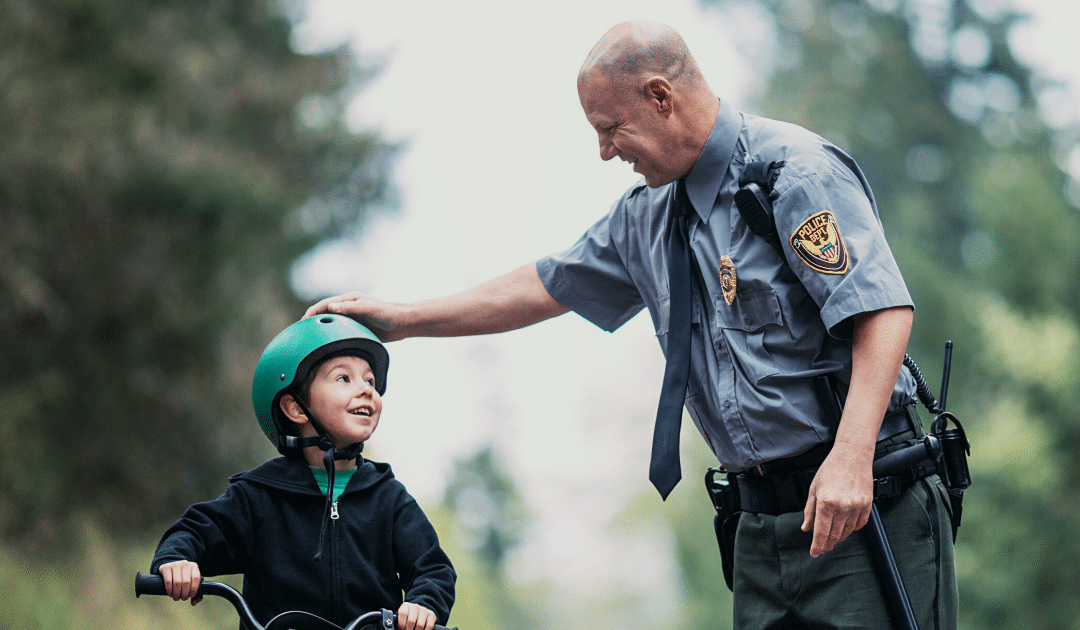
by California Casualty | Firefighters, Peace Officers |
Ask any first responder why they chose their profession, and the overwhelming answer is that they were called to serve and help others. Chances are, this was yours too.
The last couple of years have been like no other, with you and your fellow first responders on the frontlines of multiple crises facing our communities and nation all at the same time. It’s been rough going.
But sometimes the antidote to tough times is to reconnect with your “big why” – the reason(s) you signed up for this profession in the first place and why you and your colleagues keep showing up every day, no matter what the day brings. Here are some common “why’s” we hear from first responders – what resonates for you?
Making a Difference
This is one of the few careers where your actions, talents, and presence can make a literal life and death difference. You have a direct impact on improving communities and making them safer. In your role, you often lead by example and can positively influence others, which means you have the privilege of helping someone become their best self.
Camaraderie
There’s no feeling quite like being part of a team or unit with a higher purpose. Everyone has their role and is there to support and work with each other toward a common goal. You may go through tough, grueling situations together – some are tragic, but others offer up the best of humanity too. This is your support network that understands you and shares the emotional and mental challenges that come with the job. For many, your “work family” ends up being your closest life-long friends.
Physical Activity
First responder jobs require physical strength and stamina. The profession demands that you stay in shape and in top form – ready for whatever physical challenges the day may throw at you. Many first responders maintain their fitness by running, lifting weights, hiking, and other outdoor activities. This primes you for long days and long hours, bouts of intense activity, and sudden emergency situations.
Flexibility and Mobility
There’s no 9-to-5 here! Your profession offers flexible hours and variety in terms of different placements, shifts, and rotations. For some, this flexible schedule allows them to work a second job or pursue other interests or hobbies. Another perk: You can also work wherever you want! Your skills and training are in demand in cities and communities across the country (and globe, really), which gives you the unique advantage of being able to pick and choose.
No Two Days Are the Same
For a first responder, the constant is change. Each day is different – one day could be an emergency call across town; the next, a day of paperwork in the office; and the next, patrolling a neighborhood that’s experiencing a crime wave. You never know what the day will bring, but you always bring the skills and experience to deal with whatever the situation calls for. If you thrive in these kinds of environments, you picked the right career.
A Reason to be Proud
Because you and your colleagues save lives, stand up for what’s right, and are called to serve others, you’re respected by your communities. Integrity and duty are baked into this career, so you consistently earn the loyalty and admiration of colleagues, friends, family, and community members.
Continual Self-Improvement
This line of work usually includes opportunities for professional development, continuing education, and obtaining training or new skills. If you want to pursue a specialty within your profession or even branch out to another division, there’s usually a clear path and support. Additionally, because this work is mission-driven, it invites self-reflection and personal growth.
Connection with the Community
As a first responder, you build relationships within your community and the neighborhoods you serve. You have the satisfaction of seeing your efforts pay off over the long term. And you’ll be able to team up with organizations and individuals, united in a shared goal of strengthening community bonds.
If anyone is built for resiliency during tough times, it’s you, our first responders. But on those tough days, remember your big why’s and also that your communities and neighbors are grateful for and appreciate you. Sometimes it’s not said enough, but we thank you so much for your service and commitment to keeping us safe!
And finally, if you’re someone who’s looking at pursuing this career, talk to first responders about their experience and advice. Look at enrolling in courses or joining mentoring or other programs offered by your local agencies. You’d be hard-pressed to find a more demanding, mission-driven, and rewarding career.
This article is furnished by California Casualty, providing auto and home insurance to educators, law enforcement officers, firefighters, and nurses. Get a quote at 1.866.704.8614 or www.calcas.com.



